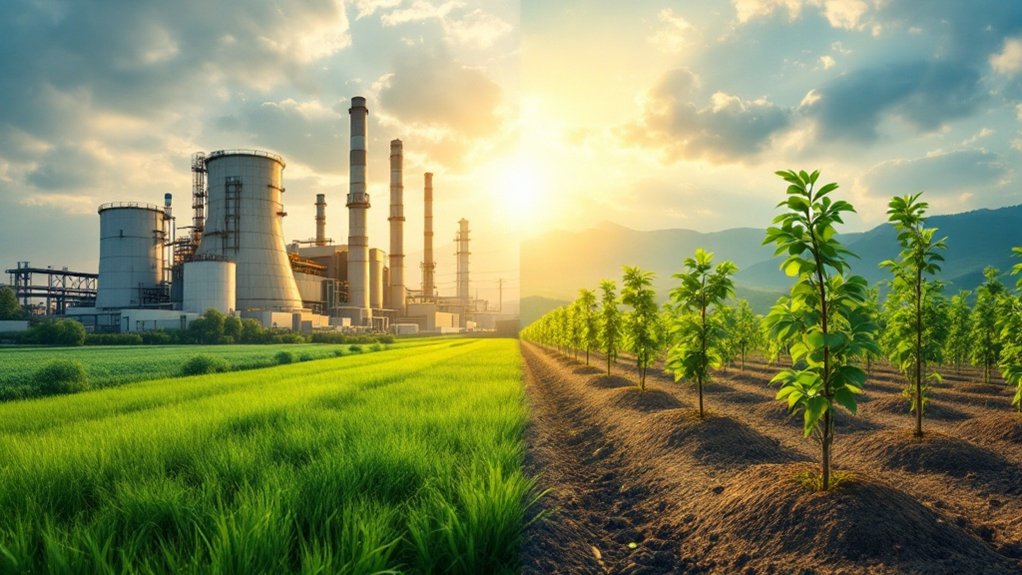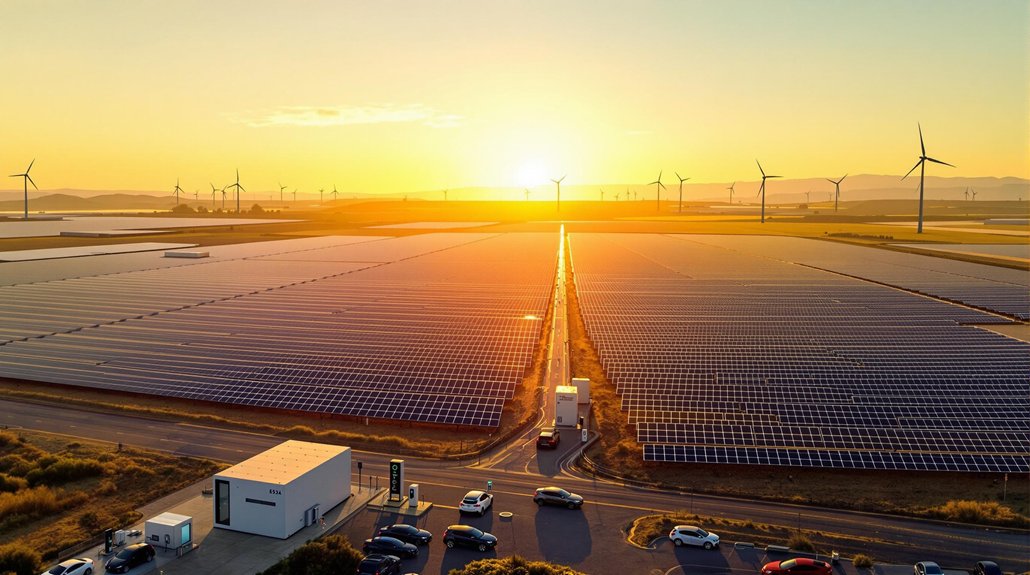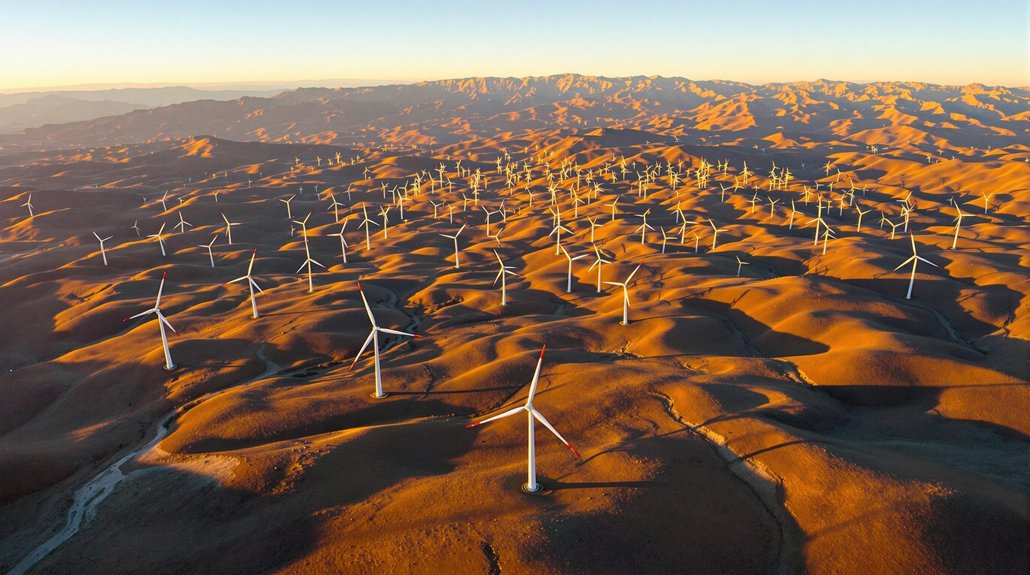Carbon credits and offsets both help fight climate change, but they’re not the same. Carbon credits are permits used in government-regulated markets that allow companies to emit one ton of carbon dioxide. Offsets represent the funding of projects that remove or reduce emissions elsewhere. Credits are for regulated industries, while anyone can buy offsets voluntarily. Both tools play different roles in the global effort to reduce greenhouse gases.

As the world grapples with climate change, two key tools have emerged to help reduce greenhouse gas emissions: carbon credits and carbon offsets. Though they sound similar, these mechanisms serve different purposes in the fight against climate change.
Carbon credits are tradable permits that represent one ton of carbon dioxide emissions. They’re primarily used in regulatory markets, where governments set caps on how much pollution companies can release. If a business emits less than its allowed amount, it can sell its extra credits to companies that exceed their limits. This creates a financial incentive to reduce emissions.
Carbon credits create a market-driven approach where companies can trade emission permits, incentivizing pollution reduction through financial rewards.
Carbon offsets, on the other hand, represent the reduction or removal of one ton of carbon dioxide from the atmosphere. They’re sold in voluntary markets where individuals, small businesses, and organizations can compensate for their carbon footprints. When you buy an offset, you’re funding projects like forest protection, renewable energy, or methane capture.
The markets for these tools function differently. Carbon credits operate in compliance markets under strict government regulations, such as the European Union Emissions Trading System. Offset prices vary based on the type and quality of the project. Credits are usually limited to specific regions, while offsets can be traded globally.
Verification standards also differ between the two. Government bodies regulate carbon credits, while third-party organizations like the Gold Standard verify offsets. For credibility, these reductions must be additional to what would have occurred without the project and tracked in certification registries. Both systems require careful monitoring to guarantee they deliver real environmental benefits.
Anyone can purchase carbon offsets, from individuals to large corporations. Carbon credits are mainly used by large businesses in regulated industries. Major companies like Disney, Microsoft, and Google are increasingly becoming key buyers of carbon credits to meet their sustainability targets. Both can be part of corporate sustainability strategies.
While carbon credits aim to gradually reduce emissions in regulated sectors over time, offsets fund immediate reduction or removal projects. Credits may drive long-term industrial changes, while offsets provide a way to compensate for emissions today. Together, they represent important tools in the global effort to combat climate change.
Frequently Asked Questions
How Reliable Are Carbon Offset Certification Programs?
Carbon offset certification programs vary in reliability. Major programs like Gold Standard and Verra require third-party verification and maintain public registries, enhancing transparency.
However, challenges exist. Some forestry projects have overestimated emissions reductions, and proving additionality remains difficult.
Quality standards differ between programs, and voluntary markets have limited oversight. Regular audits help maintain credibility, but consumers should research program specifics before investing.
Can Individuals Purchase Carbon Credits Directly?
Individuals typically can’t purchase carbon credits directly from compliance markets.
These markets are mainly for regulated industries with minimum purchase requirements that are too high for most people.
Instead, individuals can buy carbon offsets through online platforms and retailers.
These third-party companies act as intermediaries, providing access to certified offset projects at prices individual buyers can afford.
Some retailers also retire credits on behalf of buyers.
Which Industries Benefit Most From Carbon Trading Markets?
Energy utilities benefit most from carbon trading, accounting for 40% of global credit demand to offset emissions.
Manufacturing industries like steel and cement represent 25% of market activity.
The transportation sector, especially airlines, makes up 15% of demand.
Meanwhile, agriculture and forestry serve as major suppliers, providing over 40% of voluntary carbon credit projects through activities like reforestation and sustainable farming.
How Do Carbon Markets Differ Globally?
Carbon markets vary widely across regions.
Europe leads with the EU’s large trading system, while China now runs the world’s biggest carbon market.
North America has separate state and provincial programs.
Asia is seeing rapid growth, while Latin America and Africa are just beginning to develop their systems.
Prices differ dramatically, from $1 to over $100 per ton of CO2, reflecting each region’s unique regulations and commitment levels.
What Happens When Carbon Offset Projects Fail?
When carbon offset projects fail, multiple problems occur.
Promised emissions reductions don’t happen, allowing pollution to continue. Projects that claimed to protect forests might still experience deforestation or fires.
Indigenous communities and local people can be displaced or lose access to traditional lands. Companies buying offsets don’t achieve their climate goals, yet they’ve publicly claimed carbon neutrality.
Money gets wasted on ineffective climate solutions.









